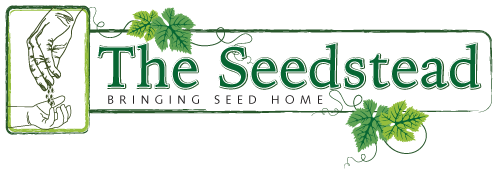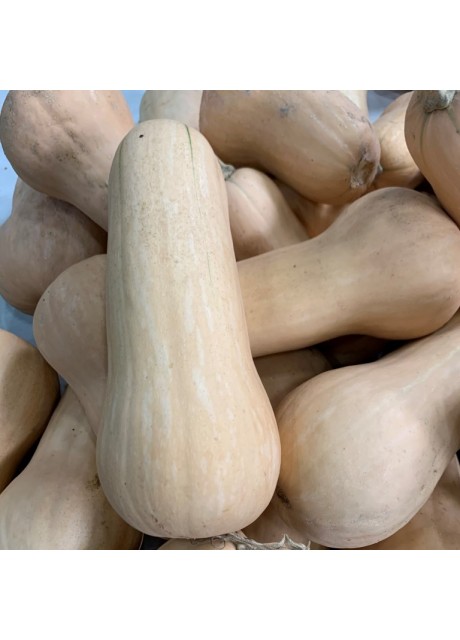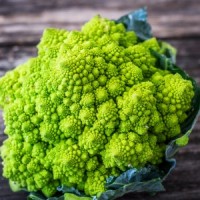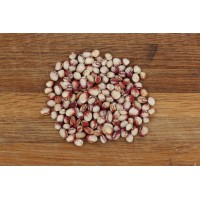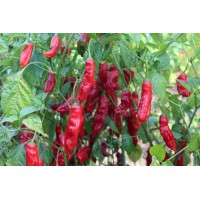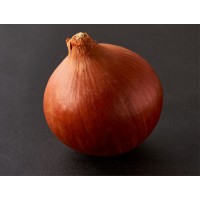Waltham Butternut
- Product Code: LS297
- Availability: In Stock
-
$3.25
Waltham Butternut
Description
This squash is the standard butternut we use today, uniform and straight necked. It is the most popular and widely grown winter squash, famous for its delicious deep orange flesh. It is also easy to peel and will keep for up to 5 months. Most butternuts available on the market now are sadly hybrid varieties and it is becoming increasingly difficult to source OP seed.
History
The Waltham butternut squash was originally developed by Charles A. Leggett, on his property in Stow, Massachusetts during the mid-1940's, by crossing the Gooseneck squash with other varieties. He was looking to develop a squash that was more tender than the big, hard Hubbard squash of the time. He also wanted something that was more compact and easier to transport than the irregularly shaped Gooseneck squash.
Leggett took his squash to the Waltham Field Station to show them what he'd developed and to ask advice. "They were enchanted" with the new variety of squash Mrs. Leggett said. They also told Leggett he needed a name for the new squash. Saying the squash was "smooth as butter and sweet as a nut," Leggett decided to call it the butternut squash.
Since then, the Waltham Field Station tagged it the Waltham Butternut Squash, although it was actually not. It should really be the Stow Butternut Squash. Today the Butternut Farm Golf Club exists on the fields that once supported the original butternut squash.
Read the full story here.
Uses
Butternuts are very nutritious containing protein and various minerals. They are also rich in Vitamin A and Vitamin B-complex, and most commonly used for soup or roasted with cinnamon and/or nutmeg.
Planting Instructions
Butternuts are best directly seeded as they do not like their roots disturbed. Plant in full sun, at least 6-8 hours a day,about two weeks after the last spring frost. Butternuts are heavy feeders and do best with lots of organic matter and frequent watering. 85-105 days to maturity.
Coastal Areas: Aug-Dec
Inland Areas: Sep-Nov
Subtropical Areas: Jul-Sep
Approx 20 Seeds
Related Products
Romanesco Broccoli
Brassica oleracea This Italian heirloom is an outstanding broccoli. The lime green heads make a..
$3.25
Mayflower Bean
Phaseolus vulgaris The Mayflower Bean is the bean that went over to the USA on the Mayflower in 1..
$3.50
Dedo de Mocha
Capsicum baccatum There is some confusion around this pepper as some say it's hot and others say ..
$3.25
Australian Brown Onion
Allium cepa A strong flavored intermediate day length onion that is an exceptional storage ..
$2.85
